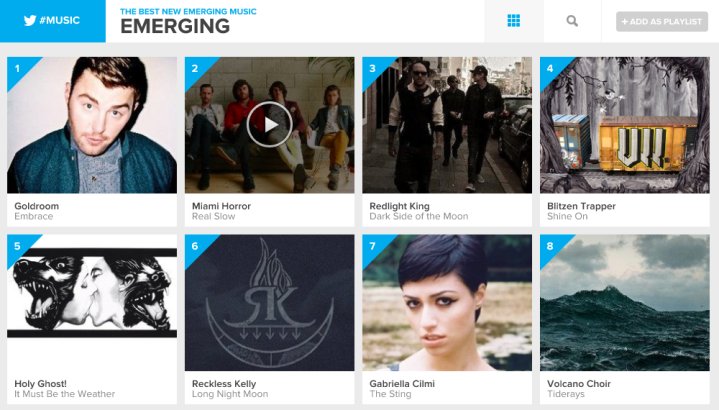
Justin Bieber was famously discovered on YouTube, but the next generation of music superstars may find their path to success in a different digital platform: Twitter. The micro-blogging service announced a partnership yesterday with 300, an entertainment company founded by music executive Lyor Cohen.
The partnership is mutually beneficial; no money is changing hands. Twitter will give 300 unprecedented access to its music data, including analytics that are not available to the public. In turn, 300 will help Twitter organize this data and develop analysis software.
Excited to announce our exclusive new partnership with @TwitterMusic – working together on an unconventional approach to artist discovery!
— 300 Entertainment (@300) February 2, 2014
The goal for both parties is to make a better way to bring undiscovered artists to the surface, to help talent rise from the noise. The New York Times reports that Bob Moczydlowsky, Twitter’s head of music, said the tools that arise from this partnership will be made available to other music industry players, although plans remain vague. Digital Trends asked Twitter for more details about how Moczydlowsky and his team plan to share the software, but a Twitter spokesperson told us the plans for distributing the software are undecided at this point. Fair enough, considering they haven’t actually developed the tools yet.
People talk about music on Twitter all the time, posting links to remixes and reviews, sharing opinions and rare tracks. But Twitter hasn’t found a good way to leverage this yet. After acquiring a good music discovery service called We Are Hunted, the company launched an unsuccessful service called #Music in 2013. Perhaps this partnership will help artists with hype on Twitter get discovered.
Updated on 2-03-2014 by Kate: We heard back from Twitter and have added in that a “Twitter spokesperson told us the plans for distributing the software are undecided.”


